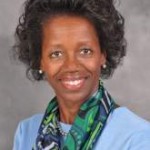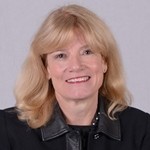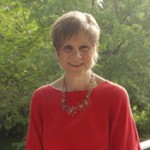Sharon A. Brangman, MD
Professor of Medicine
Division Chief, Geriatrics
Director, Central New York Alzheimer’s Disease Assistance Center
SUNY Upstate Medical University
Summer is definitely in full swing: the temperatures are rising, the days are getting longer, and the world is looking a bit more…purple. That may sound strange, but it’s part of a new initiative championed by the Alzheimer’s Association to commemorate the first Alzheimer’s and Brain Awareness Month this June.
In the spirit of Alzheimer’s and Brain Awareness Month, it’s important to understand what Alzheimer’s disease really is (and what it isn’t) and what you can do if you’re concerned about the condition, already living with it, or supporting someone who has been diagnosed.
Dementia and Alzheimer’s: What’s the Difference?
Alzheimer’s disease and dementia are often lumped together, but they aren’t the same thing. Dementia is the umbrella term that covers a wide range of symptoms related to loss of memory and thinking skills severe enough to affect a person’s ability to perform everyday activities. Alzheimer’s disease accounts for 60 to 80 percent of all dementia cases. Vascular dementia, which can follow a stroke, is the second most common type. Additionally, many other, often-reversible conditions like thyroid problems or vitamin deficiencies can cause dementia-like symptoms.
Despite what many people think, dementia isn’t a normal part of aging. Many people have memory loss issues—but that doesn’t mean they have dementia or Alzheimer’s. Those two conditions mean something very different, which is why it’s so important to get a check-up from a healthcare professional if you’re concerned about your cognitive abilities and the potential for developing Alzheimer’s disease. Continue reading




